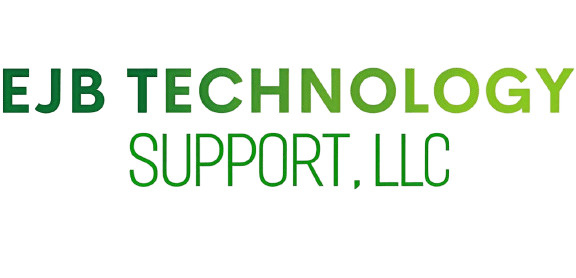Email Best Practices: Avoiding Spam Filters and Enhancing Communication
Introduction: At EJB Technology Support, LLC, we value our customers and understand that effective email communication is vital in our ongoing partnership. Sending emails that get caught in spam filters…
Read more